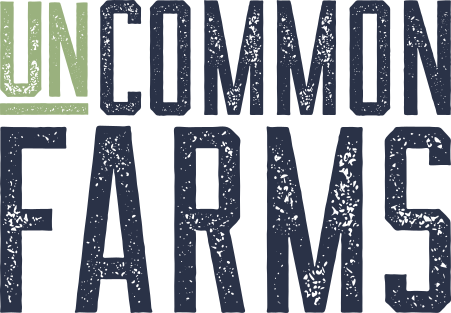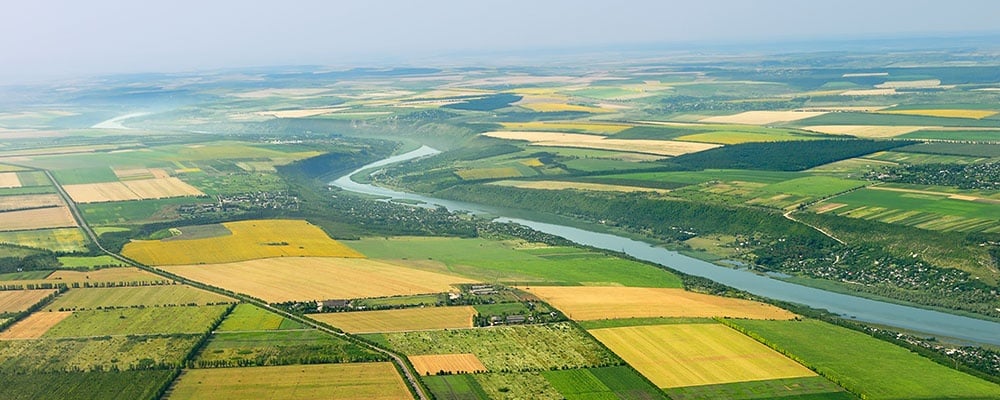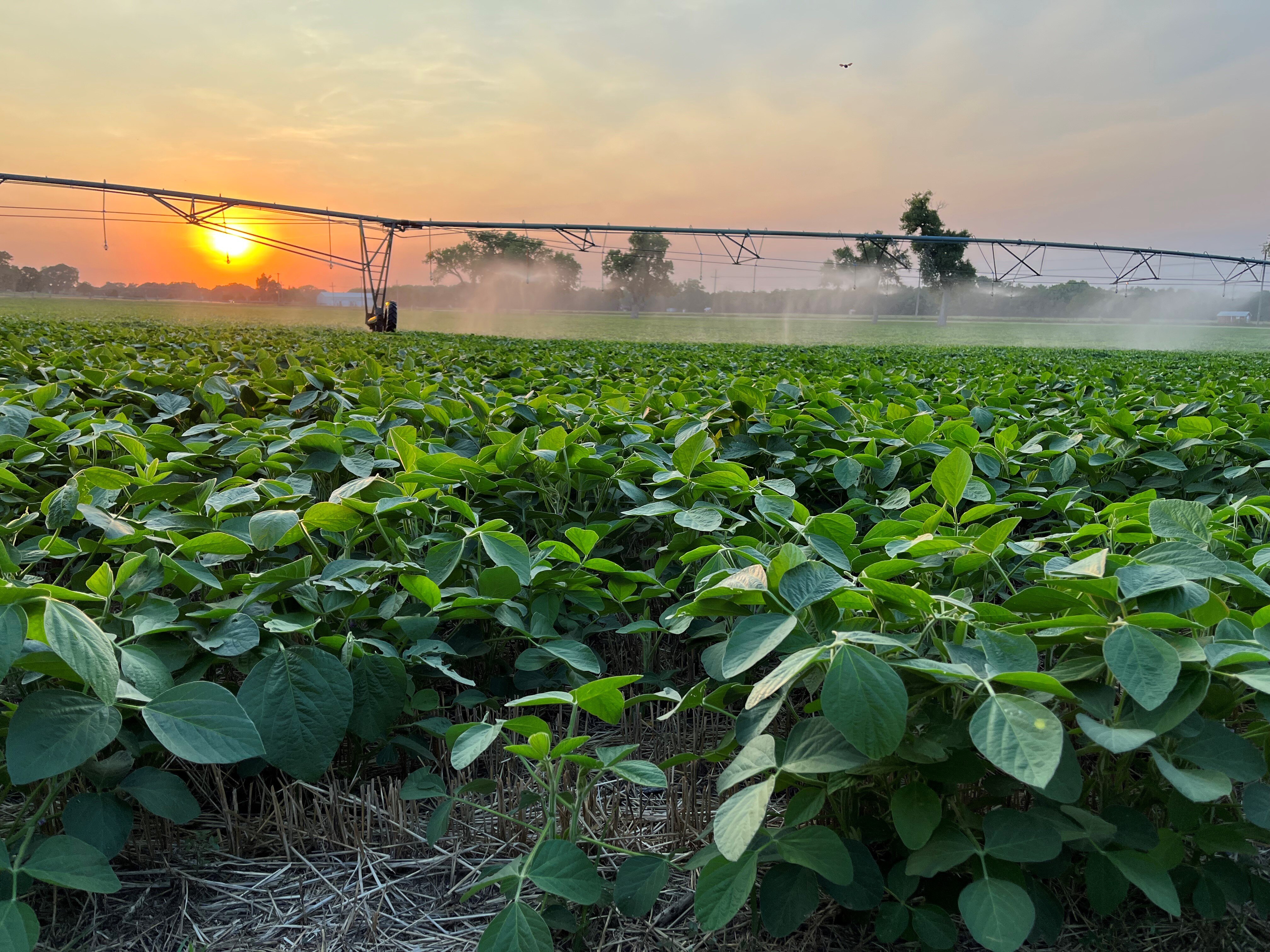When you buy farmland, it is often the case that you are buying tillable acres and only tillable acres. Sometimes the farmland comes with buildings or other assets. Many times our clients tell us, “I bought 50 acres for $450,000” and wonder why we ask so many questions about it.
Cost segregation and tax benefits
Cost segregation in purchasing a collection of assets can be a great benefit to you as a taxpayer. In many cases, we can use cost segregation to lower your tax. The more information you have about the real costs and expenses of your farm, the more control you have over your bottom line.
The IRS is increasingly insisting on solid cost segregation and allocation of purchase price for distinct assets. We can expect this to continue to the point that each sale involving more than one asset will require joint reporting of the sale from the buyer and the seller. A form for this already exists (Form 8594) for any sale or acquisition of business assets that includes goodwill or going concern value.
Why does all this matter?
It changes your tax burden, now or in the future. This evaluation can also make a difference to the net worth of your farm, which should be considered for long-term planning. For our purposes, I’ll share a sample farm purchase to demonstrate the different issues involved.
Allen purchases 50 acres in Illinois in early August. Of that, 20 acres are planted in corn, which will likely be harvested in early September. There are 12 acres of woods, and an acquaintance wants to purchase that acreage for hunting on a contract. There is a farmhouse that sits on one acre that Allen plans to repair and rent out, but he knows he will need the winter to make repairs, and it won’t be livable until early the following year. If someone makes a good offer, he’ll sell it. There is also a very small house Allen plans to use as an office and stock the kitchen for the farm help, and near it are a large old barn that should be torn down, a machine shed, two grain silos, and a well, all of which sits on about 5 acres. The remaining 12 acres are brush that Allen plans to remove and make tillable.
Allen and the seller agree to a purchase price of $450,000. The seller had an appraisal done prior to the sale, which estimates the property value at $525,000. The appraisal lists the large home on one acre at a value of $85,000, but it doesn’t differentiate the rest of the property. Allen has a full appraisal done, and the seller agrees to the following cost segregation for the sale:
- $70,000 house to be rented or sold next year
- $5,000 one-acre lot around the house
- $16,000 standing crops ($4 per bushel, 200 bushels per acre, 20 acres)
- $80,000 12 acres of woods
- $20,000 small house for office
- $5,000 old barn for demolition
- $10,000 machine shed
- $2,000 large silo
- $1,000 small silo
- $5,000 5 acres around house and farm buildings
- $200,000 20 acres tillable
- $36,000 12 acres brush
If we, as tax preparers, simply make a note that you bought 50 acres for $450,000 ($9,000 per acre) to track your basis until the land is sold, we miss the current depreciation on the farm buildings. We miss the house that will be rented or sold, the farm buildings that can be depreciated, and the difference in the value of different types of land. We would likely have to amend this return when we learn about the house the following year, and the sale of the woods would have been considered a gain without any reasonable way to parse cropland from woods.
If there is no appraisal, tax court has held that the fall-back is real estate tax estimates, which are almost always flawed. Tax preparers can use resources like the USDA historical farm-land value averages, but the courts may not accept those. These resources are not always to the benefit of the taxpayer. Typically, as long as the buyer and seller agree on the terms of the sale, the IRS will not see a benefit to contesting that agreement.
Importantly, the seller typically benefits from calling the entire sale a sale of cropland. The full sale is reported as a regular tax-preferred capital gain with no risk of depreciation recapture, no accounting adjustments for the standing corn, and no other reporting issues.
We will fully examine the consequences of buying and selling each of these distinct assets, and in the end, we will pull the full picture back together to see the ultimate tax consequences of this transaction. Later, apart from this discussion on land transactions, we will discuss goodwill. It may be a factor in a farm transaction, but it has distinct tax treatment and is not common enough for our purposes here.
Learn more about how UnCommon Farms tax services can assist your farm operation.


.png)
